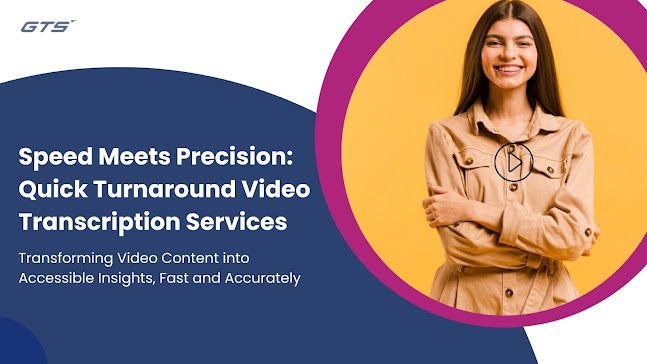
User-Generated OCR Training Datasets: Harnessing the Power of Community Contributions Introduction In the realm of artificial intelligence and machine learning, the effectiveness of optical character recognition (OCR) systems hinges significantly on the quality and diversity of the training datasets used. Traditionally, these datasets were created through manual collection and annotation, which could be time-consuming and limited in scope. However, the rise of user-generated OCR Training Datasets is transforming this landscape by leveraging community contributions to enhance the quality and diversity of OCR models. In this blog, we will explore the concept of user-generated OCR datasets, their benefits, and their impact on the future of OCR technology. 1. What Are User-Generated OCR Training Datasets? User-generated OCR training datasets are collections of text and image data that have been created, annotated, or curated by users rather than by a single organization or expert tea...

.png)
.jpg)





